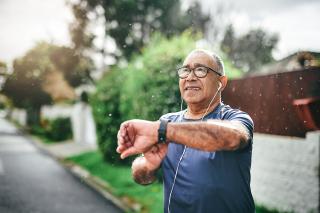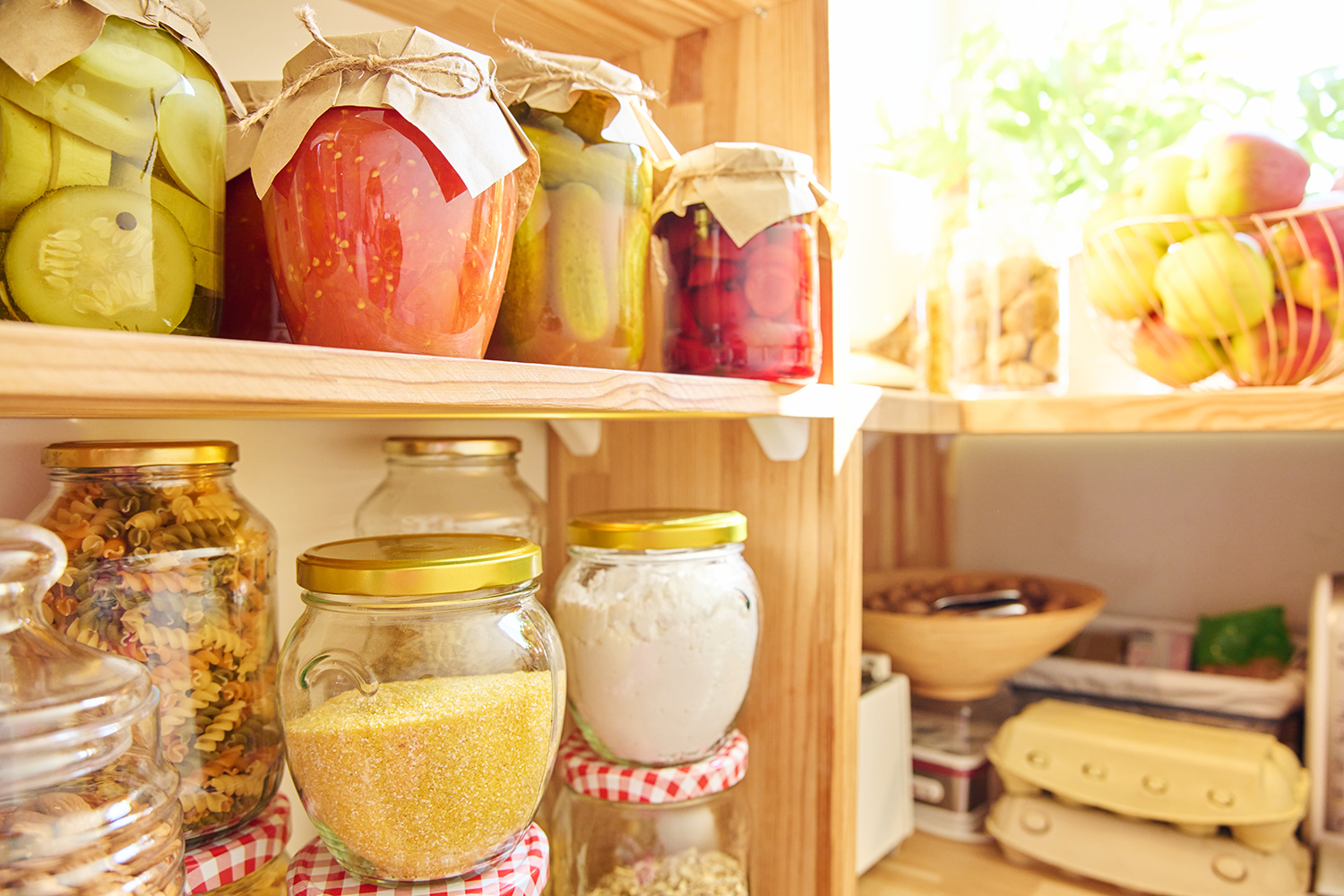Staying active doesn’t mean running marathons or lifting heavy weights. In fact, some of the most important and effective exercises for seniors are the simplest ones—movements you can do right at home, in just a few minutes a day.
As we age, staying strong, balanced, and flexible becomes essential—not just for fitness, but for everyday independence. Whether it’s reaching for something on a shelf, climbing stairs, or simply getting up from a chair with ease, regular movement helps you live life on your own terms.
And the best part? You don’t need a gym or fancy equipment. With a few light, safe exercises, you can start feeling stronger and more confident in your body—even with just 10 minutes a day.
Why movement matters more with age
Our bodies naturally change over time. We may lose muscle mass, flexibility, or balance. That can lead to stiffness, fatigue, or even an increased risk of falls. But the good news is, regular physical activity can:
- Boost energy
- Strengthen muscles and bones
- Improve balance and coordination
- Ease joint pain and stiffness
- Help manage chronic conditions
- Support better sleep and mood
- Reduce the risk of falls
In short, movement is medicine. And just a little each day can make a big difference.
How much exercise do seniors really need?
According to the CDC, older adults should aim for at least 150 minutes of moderate activity per week—but if that sounds like a lot, don’t worry. Even 10-minute sessions, spaced throughout the week, can deliver big health benefits.
And it doesn’t have to be intense. Gentle, consistent movement tailored to your comfort level is the key.
5 safe, simple exercises you can do at home
Here are five types of exercises seniors can do right at home to improve strength, flexibility, and balance. No equipment needed—just a sturdy chair, a wall, and a little space.
1. Chair Stands
Great for building lower body strength to help with getting up from a chair or toilet.
How to do it:
- Sit in a sturdy chair with your feet flat on the floor.
- Cross your arms over your chest or keep them on your thighs.
- Slowly stand up using your legs, not your hands.
- Slowly sit back down with control.
- Repeat 8–10 times.
Tip: Start with 1 round, then add more as you build strength.
2. Wall Push-Ups
Strengthens arms, shoulders, and chest—without getting down on the floor.
How to do it:
- Stand an arm’s length from a wall.
- Place your hands on the wall at shoulder height.
- Slowly bend your elbows and lean toward the wall, keeping your body straight.
- Push back to the starting position.
- Repeat 10–15 times.
Tip: Keep your feet planted and core tight to protect your back.
3. Heel-to-Toe Walk (Balance Exercise)
Helps with stability and coordination, reducing fall risk.
How to do it:
- Stand near a wall or counter for support.
- Place the heel of one foot directly in front of the toes of the other, like walking on a tightrope.
- Take 10 slow, steady steps forward.
- Turn around and walk back the same way.
Tip: Focus your eyes on a fixed point ahead to help with balance.
4. Seated Marching
Improves hip mobility and gets your blood flowing—great for warming up or cooling down.
How to do it:
- Sit tall in a chair with feet flat on the ground.
- Lift one knee toward your chest as high as you can.
- Lower and repeat on the other side.
- Alternate legs for 1–2 minutes.
Tip: Pump your arms like you’re walking to engage more muscles.
5. Gentle Neck and Shoulder Rolls
Eases stiffness and improves upper body flexibility.
How to do it:
- Sit or stand comfortably.
- Roll your shoulders forward in a circle 5 times, then backward 5 times.
- Slowly tilt your head side to side and gently forward and back—never force it.
- Hold each stretch for a few seconds.
Tip: Breathe deeply as you stretch to promote relaxation.
Creating a simple 10-minute routine
Want to turn these movements into a daily habit? Try this easy routine:
- Seated marching – 2 minutes
- Chair stands – 10 repetitions
- Wall push-ups – 10 repetitions
- Heel-to-toe walk – 10 steps each way
- Shoulder and neck rolls – 1 minute
That’s under 10 minutes, and you’ll hit all the key areas: strength, balance, flexibility, and circulation.
Do it daily or a few times a week to feel the benefits—without feeling overwhelmed.
Tips for staying safe while exercising at home
- Talk to your doctor before starting a new routine, especially if you have health conditions or mobility concerns.
- Use support (wall, counter, or chair) as needed to maintain balance.
- Wear comfortable shoes with non-slip soles.
- Move slowly and with control—there’s no rush.
- Stop if you feel pain, dizziness, or shortness of breath.
- Stay hydrated, even during light movement.
Remember, every body is different. Modify movements to fit your comfort level.
How regular movement supports daily life
You might be wondering: “Will these simple exercises really help me?”
Yes—more than you think.
Here’s what regular movement can do for you:
- Make daily tasks easier—like reaching, bending, or getting out of bed
- Improve posture and reduce back pain
- Boost mood and reduce feelings of stress or anxiety
- Strengthen the muscles that keep you steady on your feet
- Support better digestion and circulation
Even better, physical activity is known to support brain health, helping maintain memory and sharpness as we age.
Getting Started: Make Movement a Habit
The hardest part is often just getting started. Here are a few ways to ease into it:
- Start small: Even 5 minutes a day is better than nothing.
- Pick the same time each day: Morning routines often work best.
- Use a calendar: Track your progress; it’s motivating!
- Find a buddy: Invite a friend or family member to join you virtually or in person.
- Celebrate progress: Notice how your body feels stronger or steadier over time.
Keep Moving, Keep Thriving
You don’t have to move fast or lift heavy weights to make a difference in your health. Gentle, consistent movement is one of the best gifts you can give your body and mind.
With just a few simple exercises each day, you can build strength, boost balance, ease stiffness, and maintain your independence.
It’s never too late to start.
So find a space, take a deep breath, and get moving—you’ve got this!
Don’t forget to consult with your doctor before starting any new exercise routines. We see our patients frequently to make sure you’re feeling your healthiest.
If you aren’t part of the family yet, we want to meet you! Click here to find a center near you and take a tour with us.




